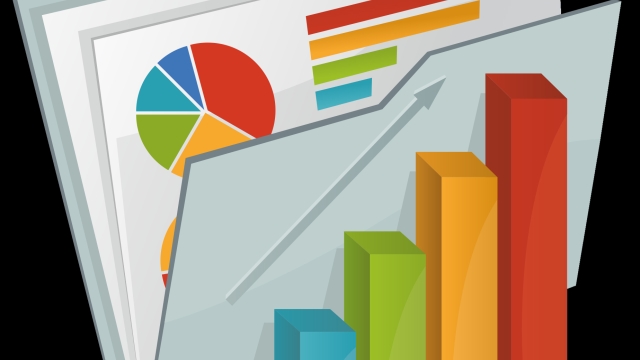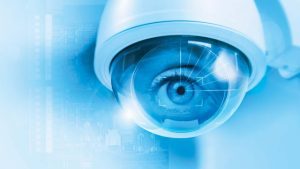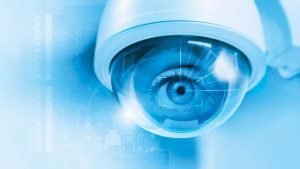
Research and data analysis are two crucial components in the world of knowledge discovery and decision-making. Whether you are a scientist conducting experiments, a business professional analyzing market trends, or a student seeking deeper insights, understanding how to unlock the power of research and demystify data analysis is essential.
Research serves as the foundation for acquiring new information and expanding our understanding in various fields. It involves a systematic approach to investigating a subject, gathering relevant data, and interpreting the findings. Through research, we can explore the unknown, challenge existing assumptions, and ultimately contribute to the growth of knowledge.
However, research alone is not enough. To gain meaningful insights and derive actionable conclusions, one must embrace the power of data analysis. Data analysis involves processing, interpreting, and presenting data to uncover patterns, relationships, and trends. It enables us to extract valuable information from raw data, transforming it into meaningful knowledge that can guide decision-making and fuel innovation.
In this article, we will delve into the world of research and data analysis, unraveling their importance and providing key insights to demystify the process. Whether you are a newcomer to the realm of research or an experienced data analyst, the knowledge and techniques shared here will help you unlock the full potential of research and embrace the power of data analysis. So, let us embark on this enlightening journey together and discover the wonders that research and data analysis can offer.
Understanding the Research Process
Research is a systematic and organized approach to gathering, analyzing, and interpreting information to gain insights and expand knowledge in a particular field. It involves a series of well-defined steps that guide researchers in their pursuit of new discoveries. One of the initial stages in the research process is identifying the research question or problem that needs to be addressed. This sets the foundation for the entire study and directs the subsequent data collection and analysis.
Once the research question is established, the next step is to conduct a thorough literature review. This involves surveying existing studies, scholarly articles, and relevant publications to understand the current state of knowledge in the field. By reviewing previous research, researchers can identify gaps, inconsistencies, or areas that require further investigation. This helps in shaping the research objectives and methodology.
The next crucial step in the research process is data collection. Depending on the nature of the study, researchers can gather data through various means such as surveys, interviews, experiments, or observations. It is essential to carefully select the appropriate methods and tools to ensure accurate and reliable data. Once the data is collected, it needs to be organized, cleaned, and prepared for analysis.
Data analysis is the heart of the research process. It involves applying statistical techniques or qualitative methods to examine the collected data and draw meaningful conclusions. The choice of analysis method depends on the research objectives and the type of data collected. The analysis process involves identifying patterns, trends, correlations, or causal relationships within the data, which helps answer the research question and supports or refutes the initial hypotheses.
Understanding the research process is crucial for researchers to ensure the validity and reliability of their study. By maintaining a systematic approach and adhering to ethical guidelines, researchers can unlock the power of research and contribute to the advancement of knowledge in their respective fields.
Essential Tools for Data Analysis
To effectively analyze data, researchers rely on a variety of essential tools. These tools play a crucial role in extracting valuable insights from large datasets and simplifying complex analysis processes. In this section, we will explore three key tools that are commonly used in data analysis.
Statistical Software: Statistical software provides researchers with the means to perform advanced statistical analysis on their datasets. These software programs offer a wide range of tools and techniques, including hypothesis testing, regression analysis, and data visualization. Popular statistical software options like R, Python’s pandas library, and SPSS are widely used to process and analyze data efficiently.
Data Visualization Tools: Data visualization tools enable researchers to represent complex data in a visual format, making it easier to identify patterns and trends. These tools often include features such as customizable charts, graphs, and interactive dashboards. Popular data visualization tools like Tableau, Power BI, and matplotlib allow researchers to create impactful visuals that aid in data analysis and communication.
Database Management Systems: To effectively handle large-scale datasets, researchers utilize database management systems (DBMS) that provide efficient storage, organization, and retrieval of data. DBMS tools such as MySQL, Oracle, and MongoDB enable researchers to query and manipulate vast amounts of data, making it easier to extract relevant information for analysis.
Statistics Help For Thesis
By leveraging these essential tools, researchers can unlock the power of data analysis, transforming raw data into valuable insights that drive decision making and shape the outcomes of research studies. Whether it’s exploring relationships, identifying trends, or making predictions, these tools empower researchers to make sense of the vast amounts of data available to them.
Interpreting and Communicating Findings
In the world of research and data analysis, the interpretation and communication of findings play a crucial role. After conducting an in-depth analysis, researchers are faced with the task of extracting meaning from their data and conveying it effectively to others. This section aims to demystify this process and shed light on the important steps involved.
First and foremost, interpreting findings requires a deep understanding of the data collected. Researchers must carefully examine patterns, correlations, and trends to draw meaningful conclusions. By examining the data through different lenses and utilizing various analytical techniques, researchers can extract valuable insights that may have otherwise remained hidden. This stage involves critical thinking, creativity, and attention to detail, as researchers navigate through the complexities of the data to unearth its underlying significance.
Once the findings have been interpreted, the next step is to communicate them to a wider audience. Effective communication is essential to ensure that research findings are understood, appreciated, and utilized by others in the field. Researchers must avoid jargon and technical language, instead opting for clear and concise explanations that can be easily grasped by both experts and non-experts. Utilizing visual aids, such as charts, graphs, and diagrams, can also enhance understanding and promote engagement with the findings.
Moreover, the communication of findings should go beyond merely presenting the results. Researchers must also contextualize their findings, discussing their implications, limitations, and potential applications. Providing a comprehensive narrative around the findings helps to create a bigger picture and enables others to make informed decisions based on the research. Furthermore, it is crucial to remain transparent and honest about any uncertainties or conflicting evidence that may emerge during the analysis process, thus ensuring the integrity of the findings.
In conclusion, interpreting and communicating research findings is a vital aspect of the data analysis process. By carefully interpreting the data and communicating it effectively, researchers can unlock the power of their research and make valuable contributions to their respective fields. It is through this thoughtful and transparent approach that the true impact of research and data analysis can be realized.
















